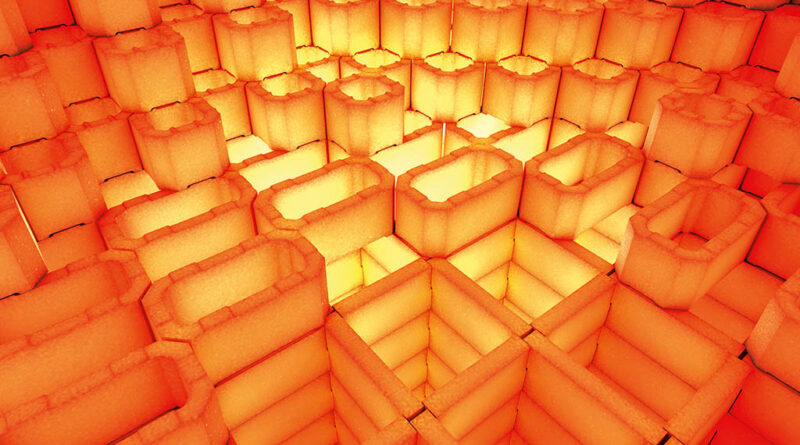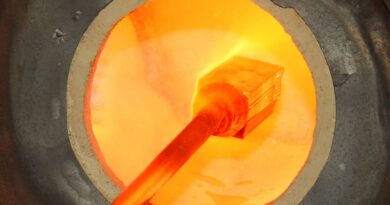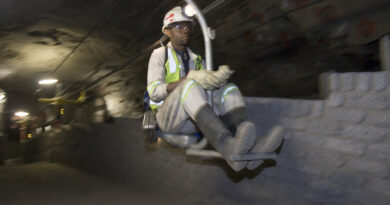Refractory raw materials: trends in supply, demand, trade and prices
Year 2021 will remain a year of disruption and uncertainty, was one of the key messages from the Refractory Minerals Forum 2021, held online last week by IMFormed. Comparing discussions of magnesia, bauxite & alumina, graphite, chromite, dolomite and andalusite, it became clear that the focus was still firmly on China as the main supplier and cost driver of refractory raw materials.
China’s new pollutant discharge permit system, introduced from 1 March, has begun to be implemented and could cause further supply-side disruption, says Roskill. A lack of schedules in place for new rounds of environmental inspections will cause continued uncertainty in 2021, and further industry consolidation is expected throughout the year.
Meanwhile, Chinese influence is here to stay for the long-term with 2021 only the first year in the new Five-Year Plan stretching to 2025, for which pollution reduction via environmental restrictions will remain a key focus.
Representatives also raised concerns over the spotlight that will be thrown on China during the 2022 Winter Olympics, given the supply shutdowns that followed the previous Beijing Olympics in 2008.
Additional key theme of the forum was the drive for long-term sustainability with the need for industry-wide CO2 reduction coming into focus over the last year. While long-term investment in technologies such as carbon capture and storage, as well as alternative fuels, may one day see them implemented in steel and cement production, in the short-term, small changes such as refractory reuse and recycling, as well as consideration of the CO2 footprint of raw materials during their selection, will play an important role




